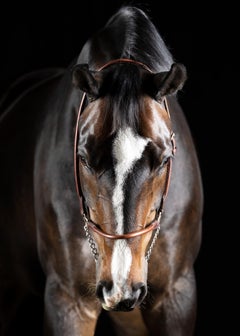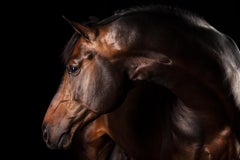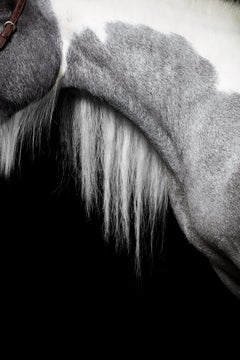Paper Animal Prints
2010s Contemporary Paper Animal Prints
Photographic Paper, Digital, Archival Pigment, Digital Pigment
2010s Contemporary Paper Animal Prints
Photographic Paper, Digital, Archival Pigment, Digital Pigment
2010s Contemporary Paper Animal Prints
Photographic Paper, Digital, Archival Pigment, Digital Pigment
2010s Contemporary Paper Animal Prints
Photographic Paper, Digital, Archival Pigment, Digital Pigment
2010s Contemporary Paper Animal Prints
Photographic Paper, Digital, Archival Pigment, Digital Pigment
2010s Contemporary Paper Animal Prints
Photographic Paper, Digital, Archival Pigment, Digital Pigment
2010s Contemporary Paper Animal Prints
Photographic Paper, Digital, Archival Pigment, Digital Pigment
2010s Contemporary Paper Animal Prints
Photographic Paper, Digital, Archival Pigment, Digital Pigment
2010s Contemporary Paper Animal Prints
Photographic Paper, Digital, Archival Pigment, Digital Pigment
2010s Contemporary Paper Animal Prints
Photographic Paper, Digital, Archival Pigment, Digital Pigment
2010s Contemporary Paper Animal Prints
Photographic Paper, Digital, Archival Pigment, Digital Pigment
2010s Contemporary Paper Animal Prints
Photographic Paper, Digital, Archival Pigment, Digital Pigment
2010s Contemporary Paper Animal Prints
Photographic Paper, Digital, Archival Pigment, Digital Pigment
2010s Contemporary Paper Animal Prints
Photographic Paper, Digital, Archival Pigment, Digital Pigment
2010s Contemporary Paper Animal Prints
Photographic Paper, Digital, Archival Pigment, Digital Pigment
2010s Contemporary Paper Animal Prints
Photographic Paper, Digital, Archival Pigment, Digital Pigment
2010s Contemporary Paper Animal Prints
Photographic Paper, Digital, Archival Pigment, Digital Pigment
2010s Contemporary Paper Animal Prints
Photographic Paper, Digital, Archival Pigment, Digital Pigment
21st Century and Contemporary Contemporary Paper Animal Prints
Luster, Archival Ink, Archival Paper, Photographic Paper, Color, Digital...
21st Century and Contemporary Contemporary Paper Animal Prints
Archival Paper, Photographic Paper, Digital, Digital Pigment
2010s Contemporary Paper Animal Prints
Paper, Archival Ink, Archival Paper, Photographic Paper, C Print
2010s Contemporary Paper Animal Prints
Luster, Paper, Archival Ink, Archival Paper, Photographic Paper, C Print...
2010s Contemporary Paper Animal Prints
Luster, Paper, Archival Ink, Archival Paper, Photographic Paper, C Print...
2010s Contemporary Paper Animal Prints
Platinum
Mid-20th Century Paper Animal Prints
Ink, Paper
Mid-20th Century Modern Paper Animal Prints
Paper
2010s Contemporary Paper Animal Prints
Archival Ink, Acrylic, Watercolor, Archival Paper, Screen
1940s Art Deco Paper Animal Prints
Lithograph, Paper
Mid-20th Century American Modern Paper Animal Prints
Paper, Lithograph
2010s American Realist Paper Animal Prints
Paper
21st Century and Contemporary Conceptual Paper Animal Prints
Paper
21st Century and Contemporary Conceptual Paper Animal Prints
Paper
2010s Surrealist Paper Animal Prints
Paper, Color
1960s Paper Animal Prints
Handmade Paper
2010s Contemporary Paper Animal Prints
Archival Paper, Archival Ink, Giclée
1850s Paper Animal Prints
Paper
1990s Modern Paper Animal Prints
Paper, Photographic Paper
20th Century Modern Paper Animal Prints
Paper, Photographic Paper
1980s American Realist Paper Animal Prints
Lithograph, Paper
1970s American Modern Paper Animal Prints
Paper, Lithograph
2010s Paper Animal Prints
Watercolor, Paper
21st Century and Contemporary Contemporary Paper Animal Prints
Archival Pigment, Archival Paper
1970s Surrealist Paper Animal Prints
Paper, Etching





